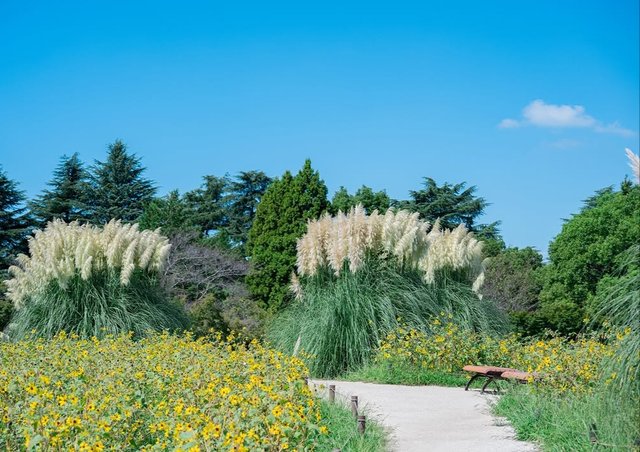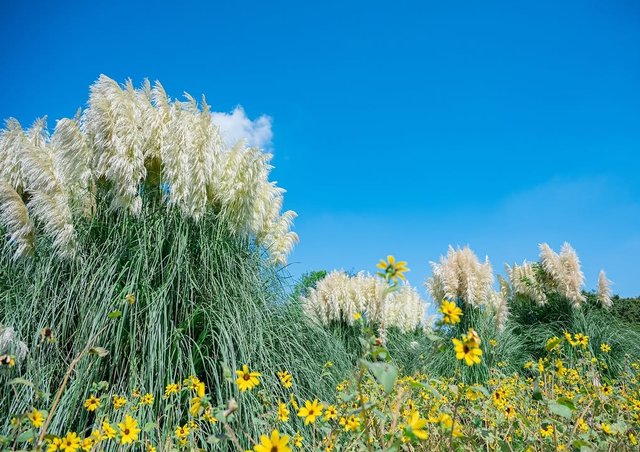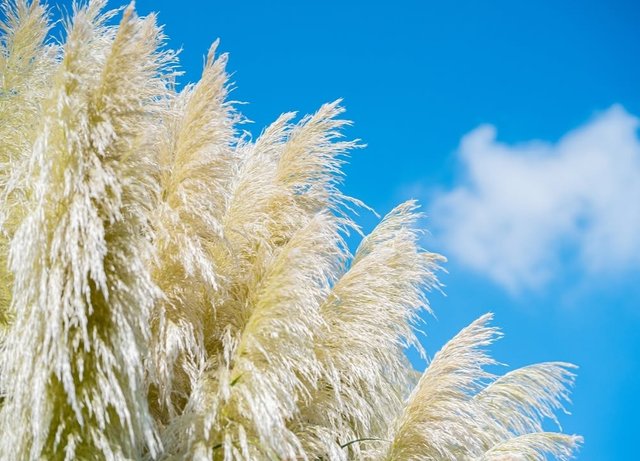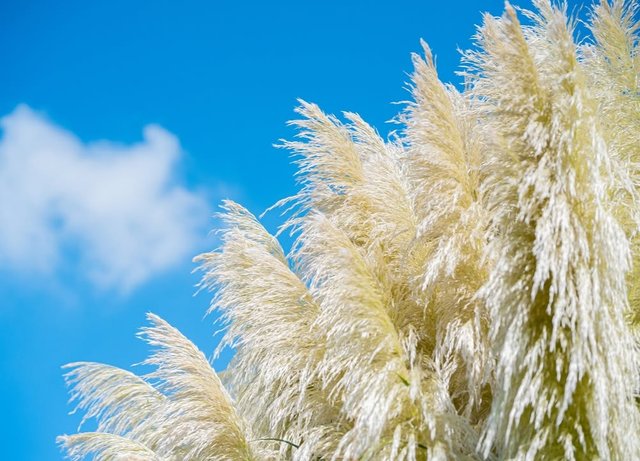Pampas Grass: The Elegant Ornamental Grass That’s Taking Over Gardens
Pampas grass is a striking ornamental grass that has been a favorite among gardeners, landscapers, and home decorators for decades. Native to South America, particularly the Pampas region of Argentina, this towering grass has become a symbol of elegance and natural beauty. With its tall plumes, feathery texture, and ability to thrive in various climates, pampas grass is not just a plant—it’s a statement.
The Beauty of Pampas Grass
One of the most distinctive features of pampas grass is its impressive height, which can reach up to 10 feet. It produces large, feathery plumes that range in color from white to pink and even a soft beige. These plumes sway gracefully in the wind, adding a sense of movement and texture to gardens and landscapes.
Pampas grass is commonly used as a focal point in gardens, along borders, or as a natural privacy screen. Its ability to withstand different weather conditions makes it a low-maintenance choice for both residential and commercial landscapes. Additionally, dried pampas grass has become a popular decorative element in homes, bringing a touch of bohemian or minimalist charm to interior spaces.
Growing Pampas Grass: What You Need to Know
If you’re considering adding pampas grass to your garden, there are a few things to keep in mind:
Location & Sunlight
Pampas grass thrives in full sun and well-drained soil. It prefers open spaces where it can spread freely without competing for sunlight.
Soil Requirements
While it can tolerate different soil types, pampas grass grows best in moderately fertile, well-draining soil. It’s also drought-resistant, making it a great option for arid or coastal landscapes.
Planting & Spacing
Since pampas grass grows large and wide, it’s important to plant it with ample space between other plants or structures. Typically, a spacing of 6-8 feet is recommended.
Watering & Maintenance
Once established, pampas grass requires very little watering. It can survive on rainfall alone in many regions. However, in extremely dry conditions, occasional watering may be necessary.
Pruning & Control
One of the biggest challenges with pampas grass is its rapid growth. It can become invasive if not properly managed. To keep it in check, prune it back in late winter or early spring before new growth begins. Wear gloves and protective clothing while pruning, as the leaves can be sharp.




%20(10).jpeg)